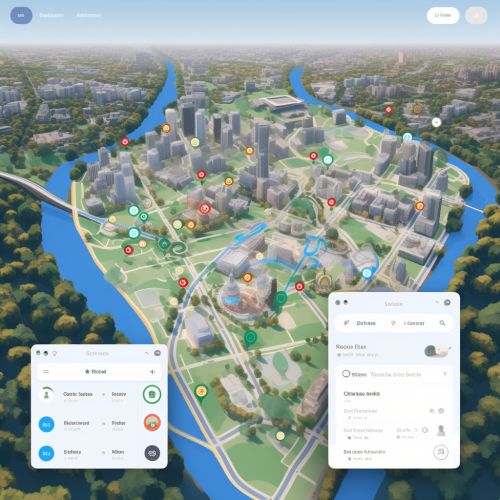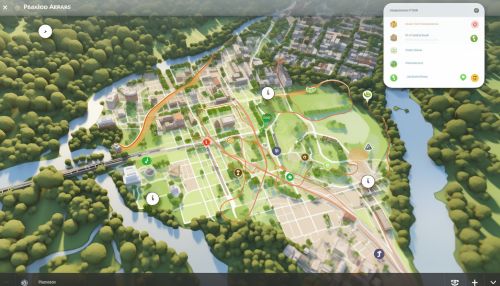Google Maps
Overview
Google Maps is a web-based service that provides detailed information about geographical regions and sites around the world. In addition to conventional road maps, Google Maps offers aerial and satellite views of many places. In some cities, Google Maps offers street views comprising photographs taken from vehicles.


History
Google Maps was first announced on the Google Blog on February 8, 2005. At the time, Google Maps was a C++ program designed by two Danish brothers, Lars and Jens Rasmussen, at the Sydney-based company Where 2 Technologies. It was first designed to be separately downloaded by users, but the company later pitched the idea for a purely Web-based product to Google management, changing the method of distribution.
Features
Google Maps offers several services as part of the larger Web application, as follows.
Map Viewing
The default map view shows a road map. Users can switch to satellite imagery, which shows how an area looks from above as taken by satellites. This mode also comprises a 3D view which presents a bird's eye view of the landscape. Both modes optionally show labels naming roads and features.
Street View
Introduced in 2007, the Street View feature allows users to view panoramic street scenes. It is available in many cities and rural areas worldwide.
Directions
Google Maps offers a route planner, allowing users to find available directions through driving, public transportation, walking, or biking. Google has partnered with transit agencies worldwide to integrate their data into its Maps services.
Business Listings
Google Maps for business offers a suite of tools for businesses of all sizes, including "Place Pages". This feature allows businesses to customize their business listing on Google Maps.
Implementation
Google Maps is built with the use of a technology called AJAX, a method of building interactive applications that process user requests immediately. Google also utilizes an XML for data transfer, and JavaScript to customize the user experience.
Reception and Impact
Google Maps has been considered a significant example of consumer Web 2.0 applications. It has been praised for its ease of use, comprehensive coverage, and accessibility. However, it has also faced criticism for issues of privacy and potential misuse.
